Why child migrants are fleeing Central America
Rising gang violence in Mexico and Central America is pushing thousands of migrant children to flee their homes and seek refuge by attempting to cross the U.S. border.
Nearly 70,000 unaccompanied minors have arrived since October 2013—almost double the number of children who came last year.
The latest episode of Fault Lines, “No Refuge: Children at the Border” follows the story of Josué Jonas Ramirez. He was detained in Mexico while trying to join his mother and brother, who live 3,500 miles away in New York.
“These are innocent children, fleeing desperate times, whether it’s poverty, whether it’s violence, whether it’s the draw of a better life in the United States,” Border Patrol agent Kevin Oaks told Fault Lines.
While the motivation to leave is clear, the journey isn’t always successful—as was the case this time for Josué. What follows is part of his evolving story.
While living with his uncle in the Salvadoran countryside, local gang members approached Josué at his school in an effort to recruit him. Josué’s mother paid a smuggler $4,000, and he boarded a bus north from El Salvador’s capital, San Salvador.
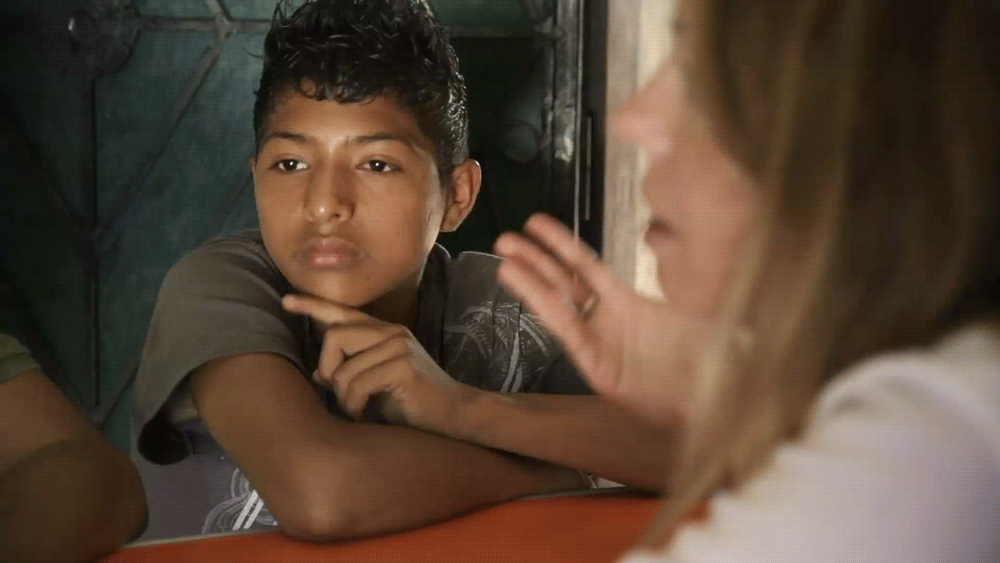
Josué has not seen his mother Luz since she left El Salvador 10 years ago to seek work. Josué stayed behind with his brothers and his uncle. Luz routinely sends money back to the family.
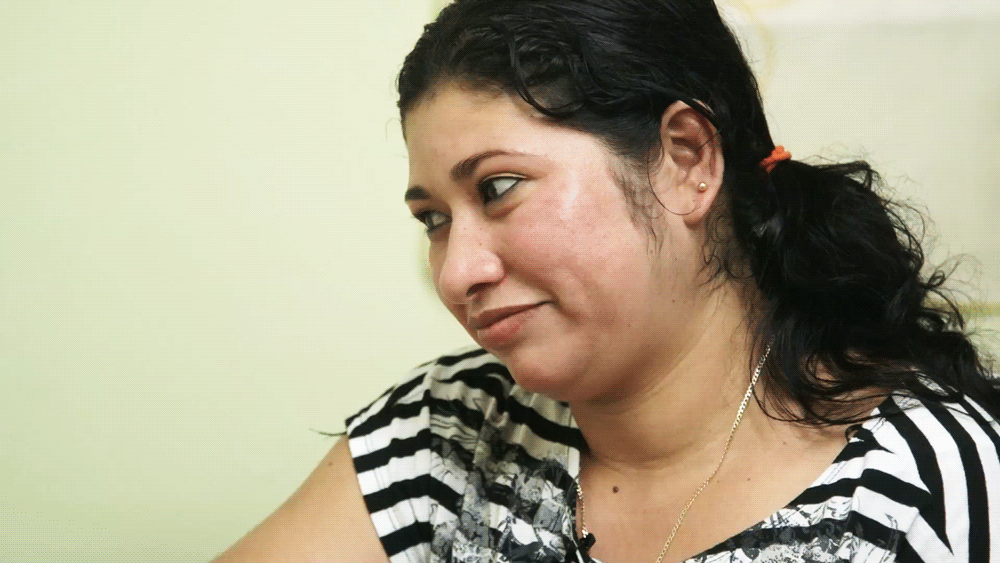
His father, who sold sweets on local buses, was killed by a Salvadoran gang after a dispute over his girlfriend. Then, gangs tried to recruit Josué’s brother, Daniel Roberto. Luz decided the only option was to bring him to New York. Daniel traveled with a guide, or "coyote," thousands of miles across Central America and over the United States border but was caught soon after landing on U.S. soil.
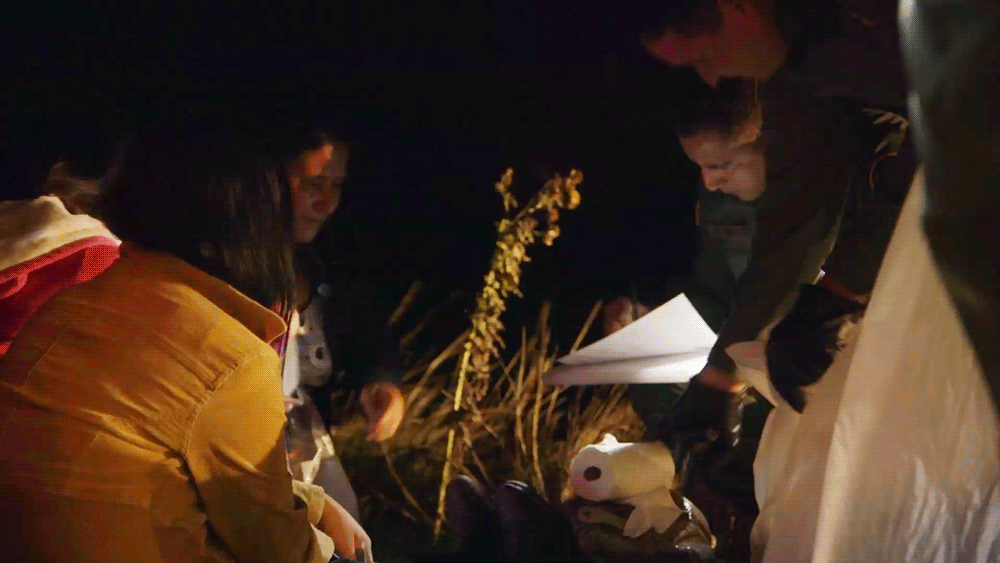
A 2008 law protecting unaccompanied children from immediate deportation allowed Daniel to be released into the custody of Luz. He is currently fighting to stay in the U.S. and hopes his brother can join him soon.
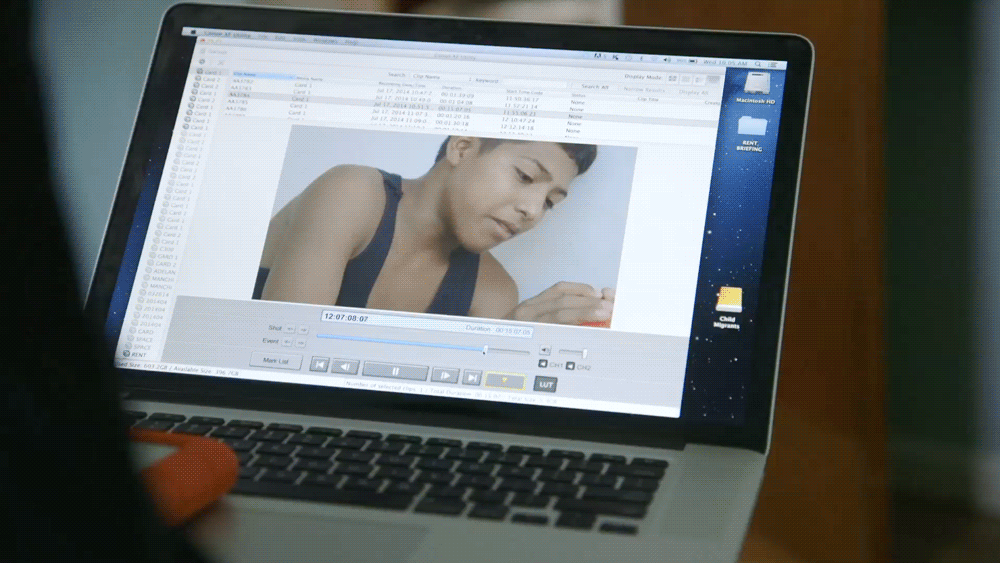
Like many children who make the long and dangerous journey alone, Josué traveled 1,500 miles—just halfway to New York—before he was caught by authorities. Josué was sent to a Mexican detention center.

A month after being caught at the border, Josué is returned to the San Salvador airport, where his uncle picked him up. They then made the four-hour trip by car back to his uncle's house in the countryside.
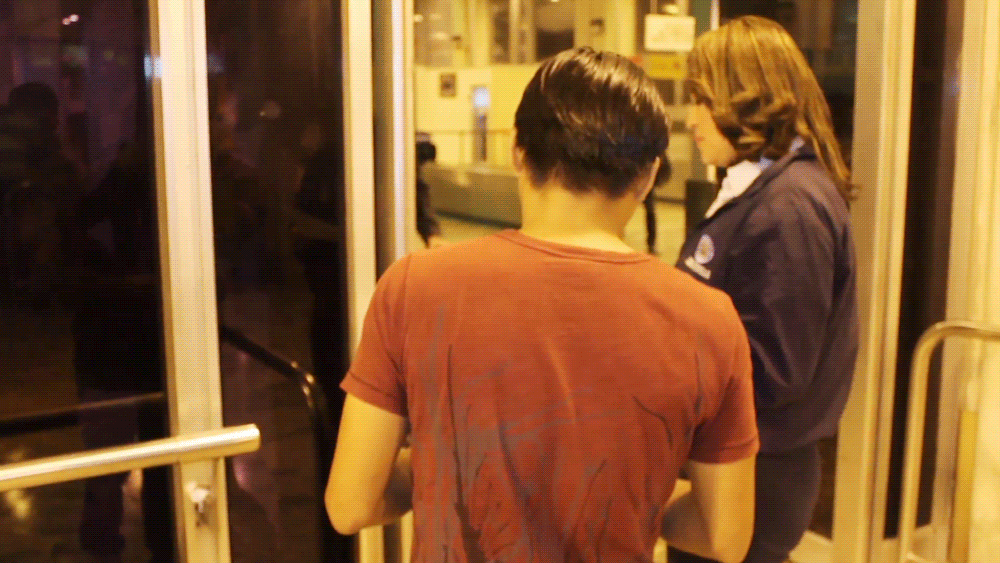
Other migrant children are returned to San Salvador’s migration center by bus. They’re interviewed, fingerprinted, and released to their families—who often have not heard from them in days.
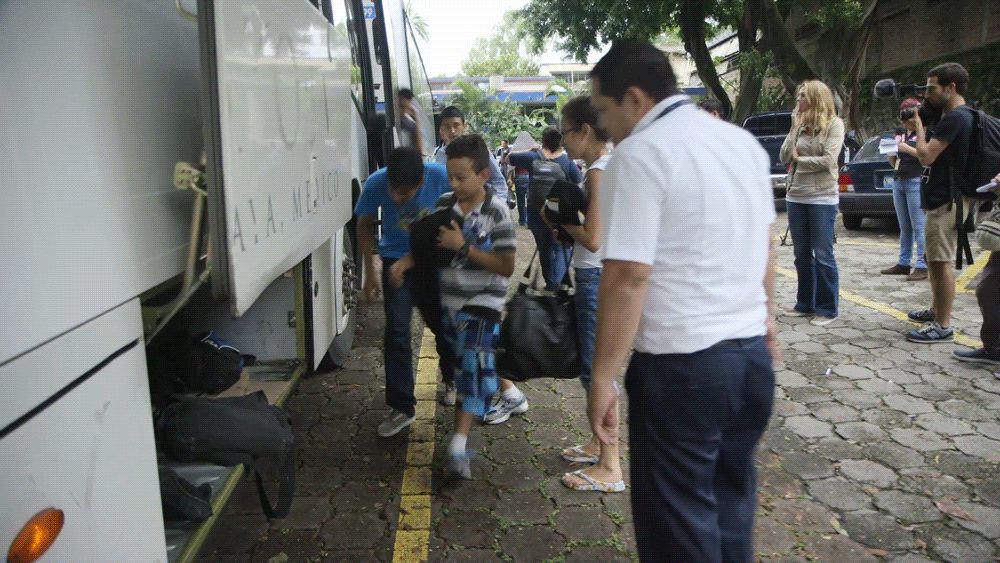
According to reports, a third of the children returned to El Salvador this year have received death threats from gangs. Members of the MS-13 gang live next door to Josué’s uncle.

Twelve bodies arrive at the morgue in San Salvador each day. Many are minors, and many are gang-related deaths. In some cases, DNA tests are needed to identify the remains.
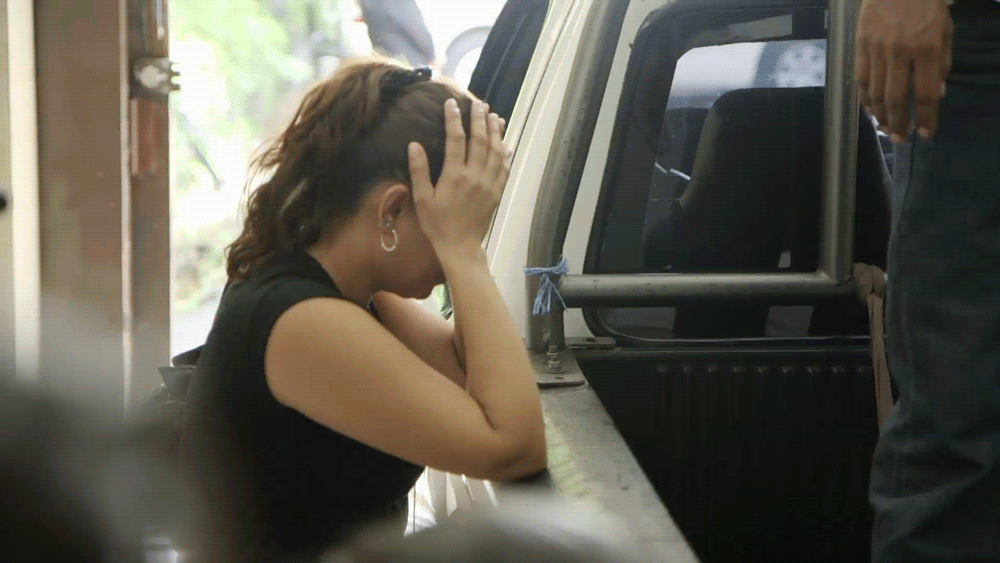
In "No Refuge: Children at the Border," Fault Lines examines the recent boom in child migrants traveling to the U.S. from Central America. The film airs on Al Jazeera America Saturday, September 13, at 7 p.m. Eastern time. It will air again that evening at 10 p.m. Eastern and Sunday, September 14, at 2 a.m. Eastern.
Error
Sorry, your comment was not saved due to a technical problem. Please try again later or using a different browser.